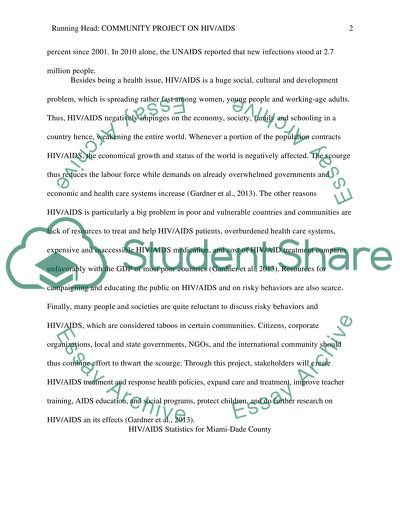Cite this document
(“COMMUNITY PROJECT ABOUT HIV Essay Example | Topics and Well Written Essays - 2500 words”, n.d.)
COMMUNITY PROJECT ABOUT HIV Essay Example | Topics and Well Written Essays - 2500 words. Retrieved from https://studentshare.org/nursing/1483085-community-project-about-hiv
COMMUNITY PROJECT ABOUT HIV Essay Example | Topics and Well Written Essays - 2500 words. Retrieved from https://studentshare.org/nursing/1483085-community-project-about-hiv
(COMMUNITY PROJECT ABOUT HIV Essay Example | Topics and Well Written Essays - 2500 Words)
COMMUNITY PROJECT ABOUT HIV Essay Example | Topics and Well Written Essays - 2500 Words. https://studentshare.org/nursing/1483085-community-project-about-hiv.
COMMUNITY PROJECT ABOUT HIV Essay Example | Topics and Well Written Essays - 2500 Words. https://studentshare.org/nursing/1483085-community-project-about-hiv.
“COMMUNITY PROJECT ABOUT HIV Essay Example | Topics and Well Written Essays - 2500 Words”, n.d. https://studentshare.org/nursing/1483085-community-project-about-hiv.


